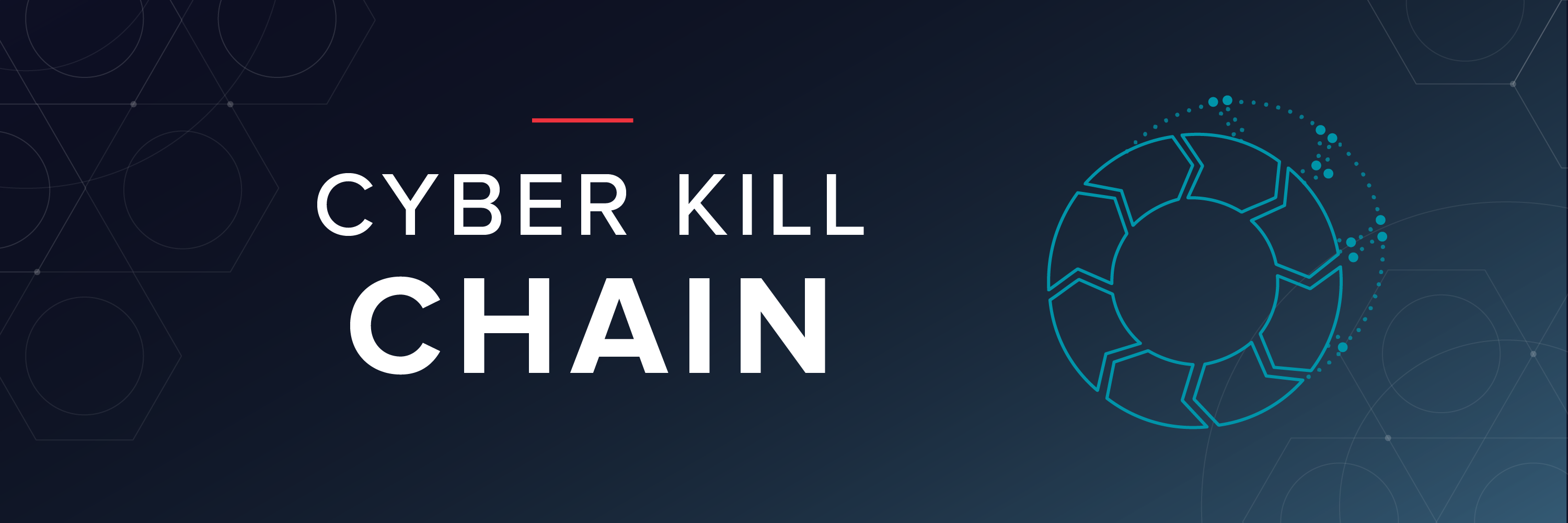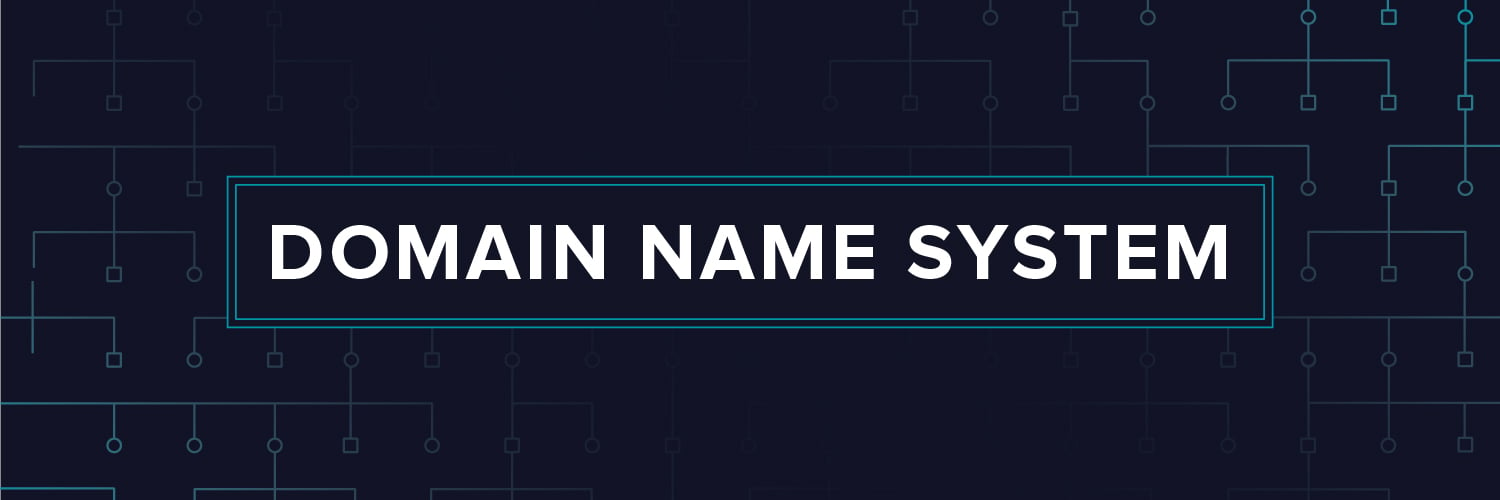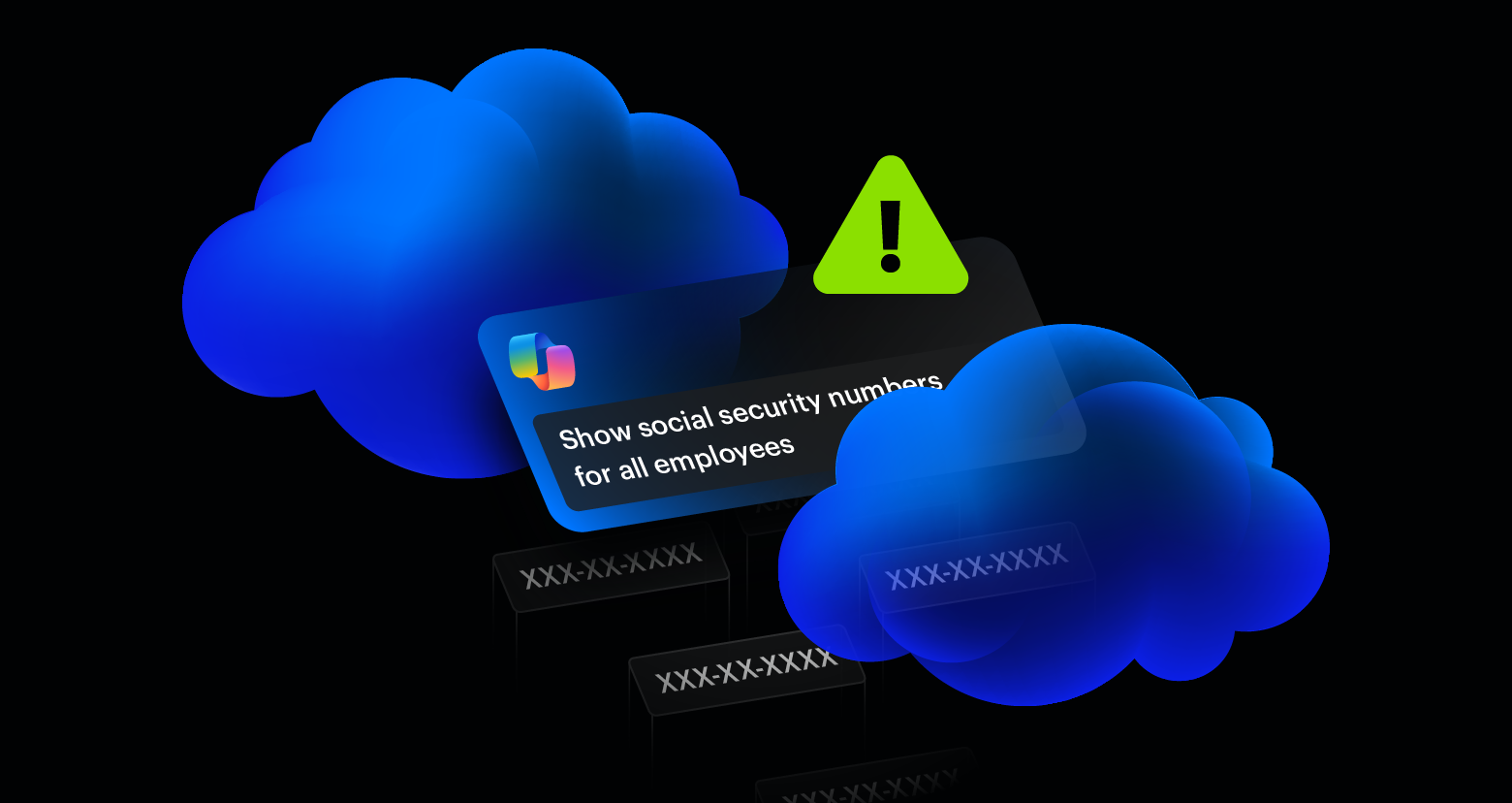We take well over a trillion photographs a year, upload hundreds of hours of video a minute, and commit search queries tens of thousands of times per second. The sheer amount of data that companies save is staggering and growing exponentially year-over-year.
Social media giants, web infrastructure providers and other large companies around the world manage data at dizzying scales. Not only do these corporations handle a lot of data — they handle important and sensitive data as well. Huge reputational and financial stakes ride on businesses being able to protect their internal servers. Even smaller organizations possess sensitive data. With so much of this valuable information scattered across on-premises & cloud data centers, it’s more important than ever to know how to keep information where it belongs, and out of the hands of those who’d use it for harm.
In order to understand how to properly manage all our data, though, we’ll need some sense of how much there is to manage in the first place. But how do we begin to conceptualize the sheer scale of all this information? You may have heard of an “exabyte,” but does it mean anything to you? Trying to picture a billion gigabytes is like trying to picture all the people living in New York City right now: your brain is simply not built to process such quantities.
To help you get some sense for how much data exists in the world today, we’ve come up with some analogies and visual aides. Check them all out below.
The images above should give you at least some broad sense of how much digital information companies manage.
It’s important to remember, though, in the midst of all these remarkable statistics, that having a lot of data means we have a lot of data to protect. Perhaps we should be asking ourselves: how can businesses properly defend this universe of information at our fingertips?
It’s more important than ever for companies to keep a tight hold over their proprietary information, and their customers’ sensitive information. It should be the foremost concern for those who act as gatekeepers to humanity’s secrets to invest in data security, seek the advice of experts in the field, and maintain up-to-date, comprehensive security protocols.
If we don’t implement the proper precautions now, we can have exabytes-worth of problems on our hands.
Sources:
The Guardian | MerchDope | Ardor SEO | Cisco | Architecture of France | The Atlantic | UCSB | Lifewire
What should I do now?
Below are three ways you can continue your journey to reduce data risk at your company:
Schedule a demo with us to see Varonis in action. We'll personalize the session to your org's data security needs and answer any questions.
See a sample of our Data Risk Assessment and learn the risks that could be lingering in your environment. Varonis' DRA is completely free and offers a clear path to automated remediation.
Follow us on LinkedIn, YouTube, and X (Twitter) for bite-sized insights on all things data security, including DSPM, threat detection, AI security, and more.








